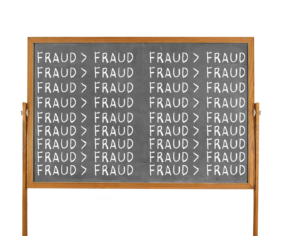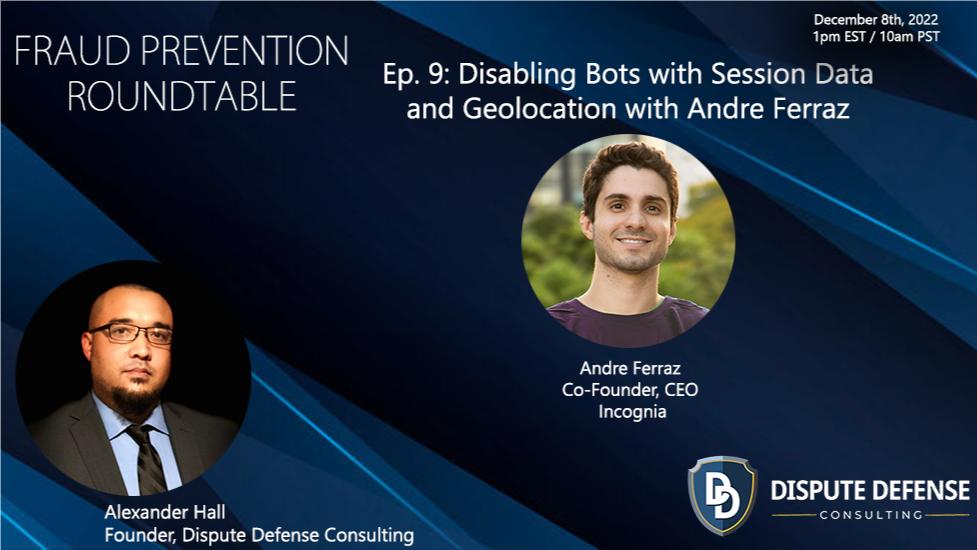Shortly after joining the ranks of fraud prevention and networking with the great minds in this industry, I learned of the phrase “Think like a fraudster“.
This is absolutely critical when developing a strategy for fraud prevention, however this is an enormous undertaking. Just like asking someone to think like a biologist, an entrepreneur, a chef, a surgeon, a football player, etc., success is dependent on much more than a mindset.
For each example, prerequisite silos of knowledge and information are tapped into and combined with experience in order to reach an end result, whether it’s the development of a new medicine, a surgical breakthrough, the game-winning play, or a new fraud method.
Combine that with the idea that every person has their own directives, their own set of principles, their own restrictions, as well as a unique sense of urgency, and you can imagine how dynamic the thought process of a fraudster stands to be.
In order to help fraud fighters and solution providers to understand the mindset of an effective fraudster and begin to harness to ability to “think like a fraudster”, I have teamed up with the great minds at Tweezzle and have produced a series entitled “The School of Fraud”, wherein I outline my decade-long personal experience operating as a high-level fraudster, the process of developing new methods, the ‘view from the top’ (so to speak) regarding how I viewed the lower-level methods employed by lover-level fraudsters, the exploits, the transfers of value, the various industries, and so much more.
Identify. Mitigate. Prevent. Repeat.
4 words that will guide you to the most effective fraud prevention strategy for your specific needs.
Identify your transfers of value.
Mitigate the losses that you find by employing data management, composing winning chargeback representments and categorizing bad characters.
Prevent future losses by leveraging historic data
Repeat the process. Every time a new system or process is employed, the company inherits different vulnerabilities. Identify the vulnerabilities early on to prevent unnecessary losses.
Strategy vs. Solution
First, let’s get semantics out of the way.
Strategy; noun
-a plan of action or policy designed to achieve a major or overall aim.
Solution; noun
-a means of solving a problem or dealing with a difficult situation.
Combating fraud requires a strategy specifically developed to a company’s needs, based on their transfers of value, their volume, their size, their product / service, and many other variables. It’s all about them, their positioning in their market, their manpower, etc.
An effective strategy takes countless forms, and leverages the amazing services available in our space.
The 4-step process that we employ with our corporate customers applies to the “Mom-and-Pop Shops” just the same, and sticks with them as they 10x, 100x, 1000x.
Merchants: Do you have a strategy for fraud prevention or a solution for a specific fraudulent method?
Solution Providers: Do you know where your customer’s soft-spots are?
Fraud evolved today, hours ago, minutes ago. Let’s work together and stay ahead of the curve.
Be proactive, my friends.





























